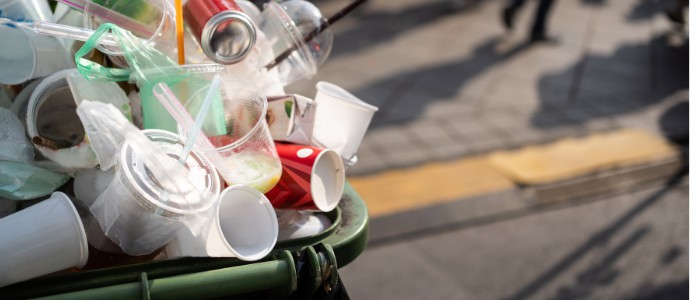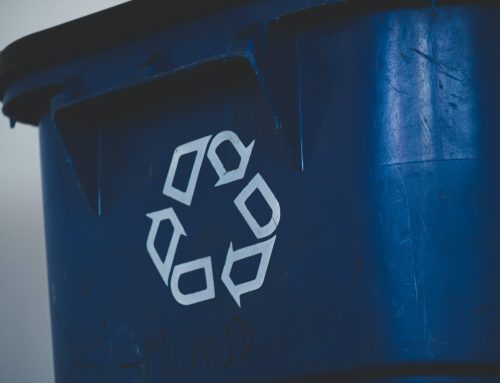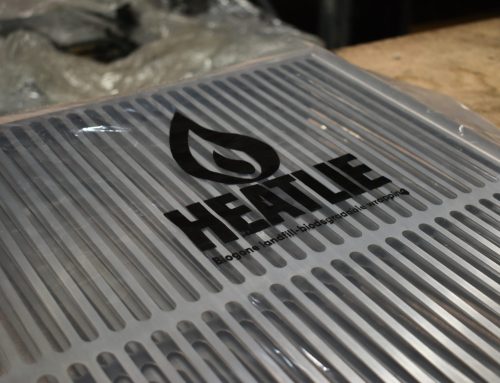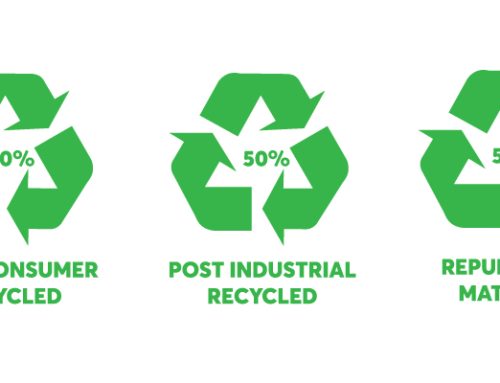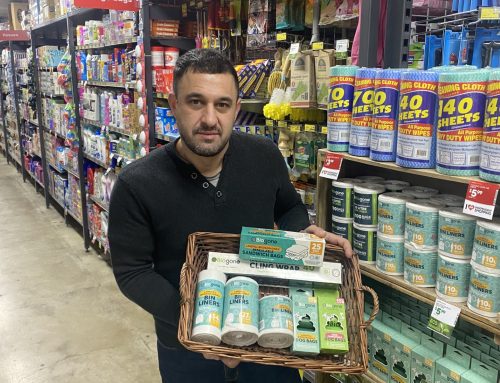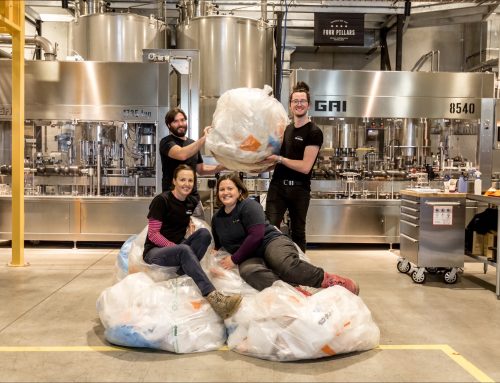From polluting our oceans, overloading our landfills, to even being ingested by animals and humans alike (i.e. microplastics), plastic waste has been detrimental to our environment and communities for decades.
The good news is, Australia – like many other countries around the world – has taken the first step towards reducing plastic waste and combatting our global plastic waste problem.
The Australian government has outlined steps in Australia’s new National Plastics Plan 2021 to phase out unnecessary plastics, increase plastic recycling from the current rate of 13%, waste export bans and standardise supermarket packaging labels.
In line with this, states and territory local governments in Australia are implementing their own bans and initiatives against plastic waste. The Victorian Government has introduced the Single-Use Plastics Ban which aims to ban ‘problematic single-use plastics…. across Victoria by 2023’.
So what does this all mean for you?
Whether you’re a business owner or regular consumer, it’s almost certain that Australia’s transition away from single-use plastics is going to affect you at least in one way or another.
In this post, we’ll go over some key things to know about Australia’s plan against plastics, and more importantly, what you can do (from today) to make the transition to a plastic-free Australia easier, smoother and faster for your community.
Federal Plastics Plan – What you should know
Here’s a quick recap on a few of the key stages in Australia’s Federal Plastics Plan 2021.
By 2022
- By July 2022
- Regulate plastic exports for unprocessed single polymer or resin waste plastics
- Phase out high priority problematic plastics such as non compostable plastic packaging with additive fragmentable technology (resulting in harmful microplastics) that do not meet certain compostable standards
- By December 2022
- Phase out Expanded Polystyrene (EPS) in certain forms of packaging
- Phase out PVC packaging labels
- Review and ensure we are in line with the 2025 National Packaging Targets
By December 2023
- The majority of supermarket products (at least 80%) to have the Australasian Recycling Label displayed.
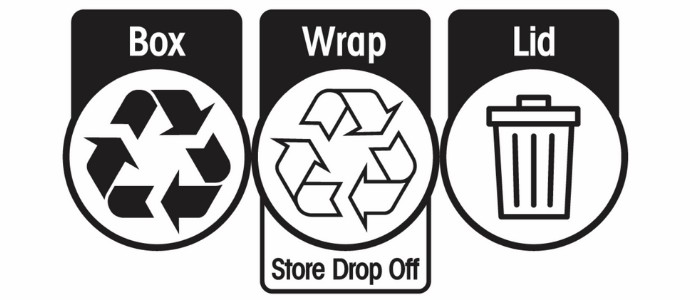
Graphic Reference: The Australasian Recycling Label, APCO, 2021
By 2025
- Meet the National Packaging Targets for Industry. Just some of which include
- 100% packaging either reusable, recyclable or compostable
- Average of 50% recycled content in packaging
- Phase out problematic single-use packaging
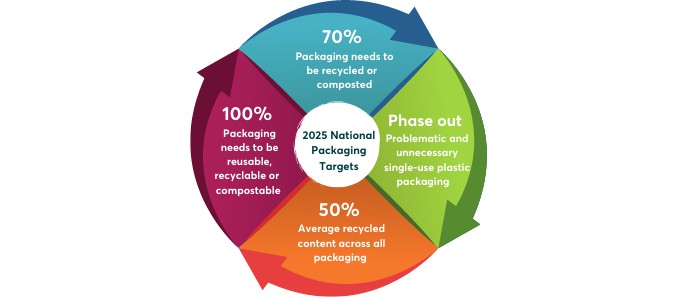
Graphic Reference: 2025 National Packaging Targets, APCO, 2021
Victorian Single Use Plastics Ban
In Victoria, one of the biggest ways we’re committing to a plastic-free community is through the implementation of the Single Use Plastics Ban. Here’s a few key points you should know:
By February 2023:
- Single-use plastics including ‘single-use straws, cutlery, plates, drink-stirrers, expanded polystyrene food and drink containers, and cotton bud sticks’ will not be made available for purchase or supply in Victoria.
What You Can Use As Plastic Alternatives:
According to the Victorian Government, it is suggested to use reusable alternatives to plastics including:
-
- cutlery made from stainless steel, heavy-weight plastic, or bamboo
- plates made from plastic or ceramic
- glass, plastic, or metal containers
- bamboo or cardboard cotton buds
What about oxo-degradable plastics, (the plastics that fragment into 1000s of little pieces)?
By February 2023, the Victorian Government is planning to also ban oxo-degradable plastics including straws, plates, cutlery, drink-stirrers, food and drink containers, and cotton bud sticks that are created using oxo-degradable plastic technology.
At Biogone, we support this movement as we believe the production or use of oxo-degradable plastics is highly dangerous to our environment and will impact our next generations for decades if nothing is done. Oxo-degradable plastics don’t decompose, instead they break down into plastic fragments that pollute our environment and can even be ingested in our food without us knowing.
Are there any exemptions?
The only exemptions to Victoria’s single use plastic ban include those used in or as “medical or scientific equipment, emergency management services, or people who require specific single-use plastic products due to disability or for health and safety”.
What you can do today to reduce plastic waste in Australia
The plastic bans (both at a National and State level) are going to affect everyone in the community – from regular consumers to business owners alike.
So to create a smoother (and faster) transition to a more plastic-free Australia, here are some steps you can take starting from today.
1. Use reusable where you can
As proposed by the Victorian Government, you can choose to reuse or avoid altogether:
- avoid straws or choose reusable ones made from bamboo, stainless steel, or silicone
- avoid drink stirrers or choose reusable metal teaspoons or swizzle sticks
- choose cotton buds with bamboo or cardboard sticks
2. If you’re a business start planning for the 2025 National Packaging Targets
It’s a crucial time for businesses regardless of size, to review their packaging and plan to meet the 2025 National Packaging Target. This means switching all packaging to 100% reusable, recyclable or compostable. You can read more about how you can start planning in our blog about government targets.
3. Spread awareness to your wider community and local businesses
Spread the news by sharing this article to your friends and family or you could even let your favourite local cafe/restaurant know of what’s happening with the upcoming plastic bans in Australia.
By getting everyone in your community aware and involved, this will all go towards helping for a smoother and more successful transition into a plastic-free world!

